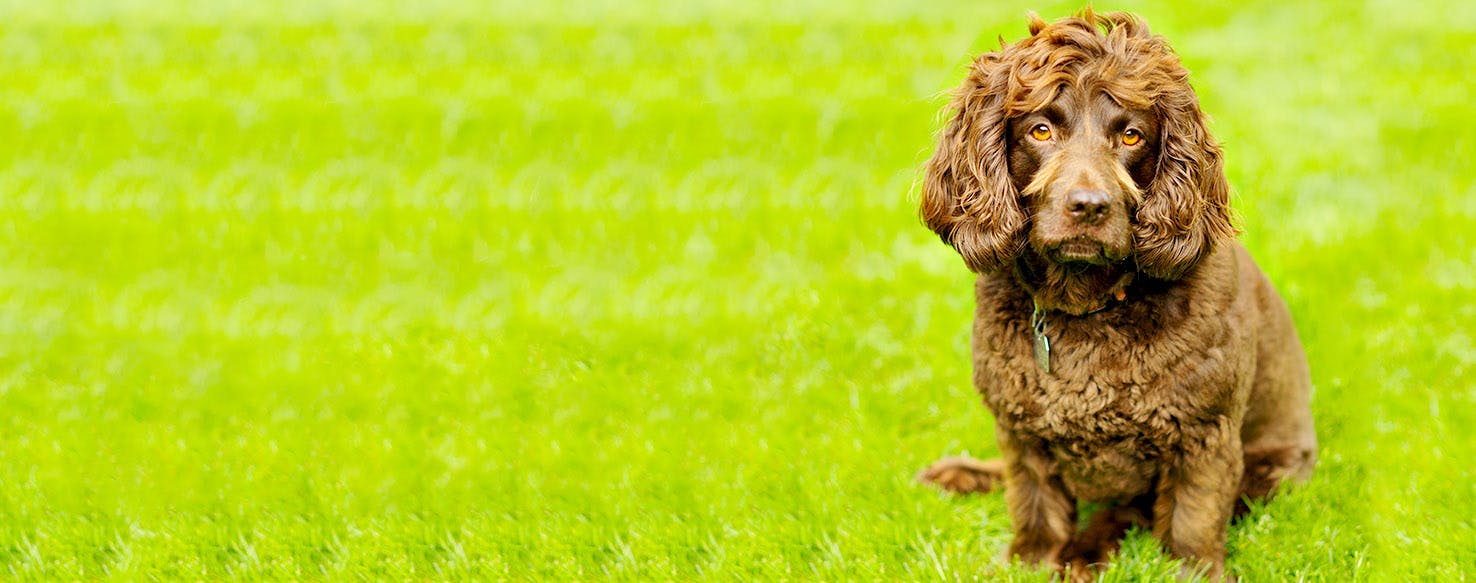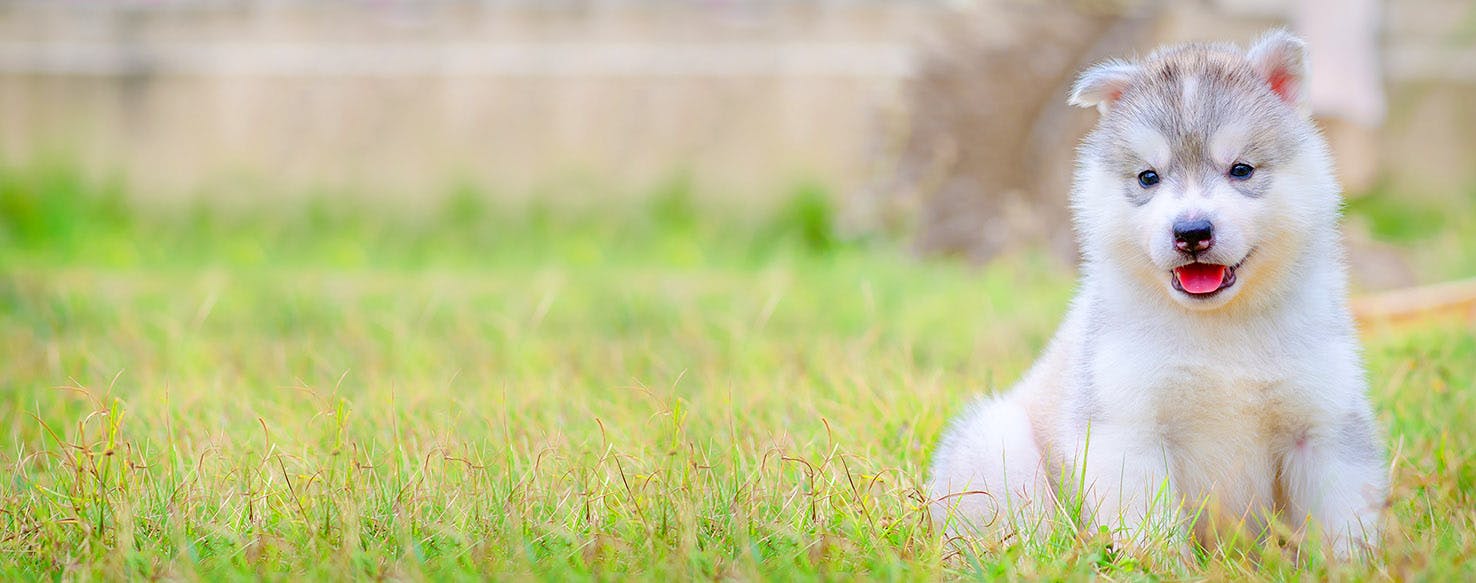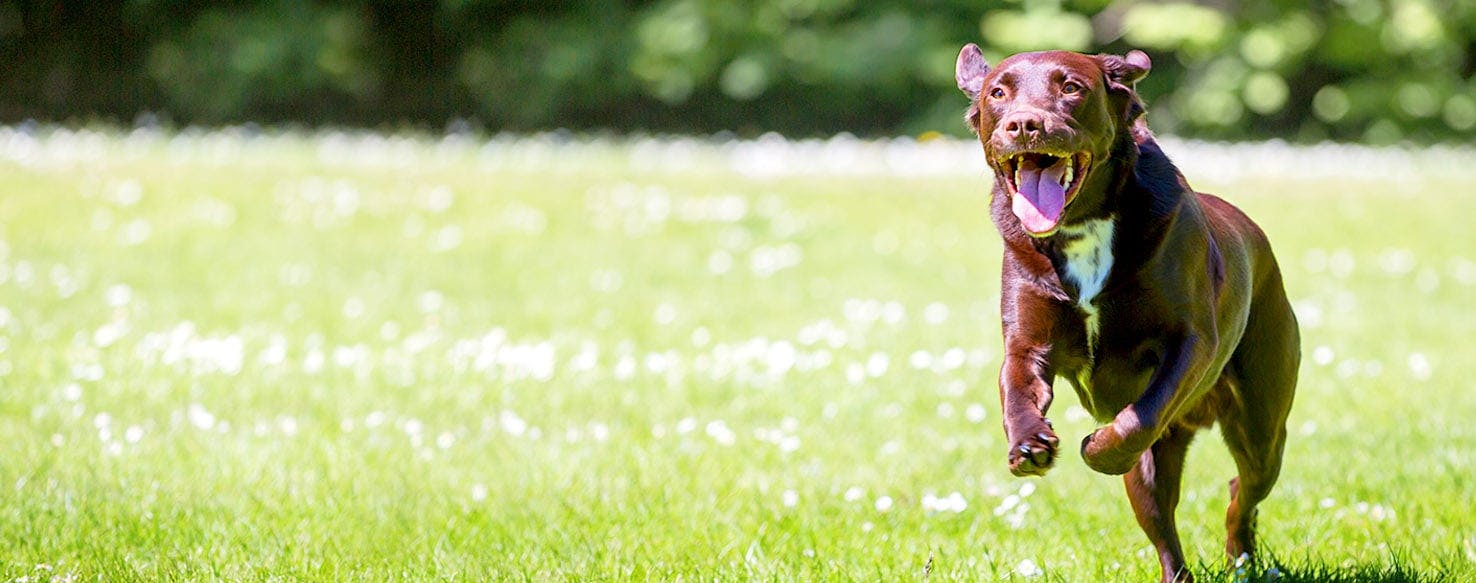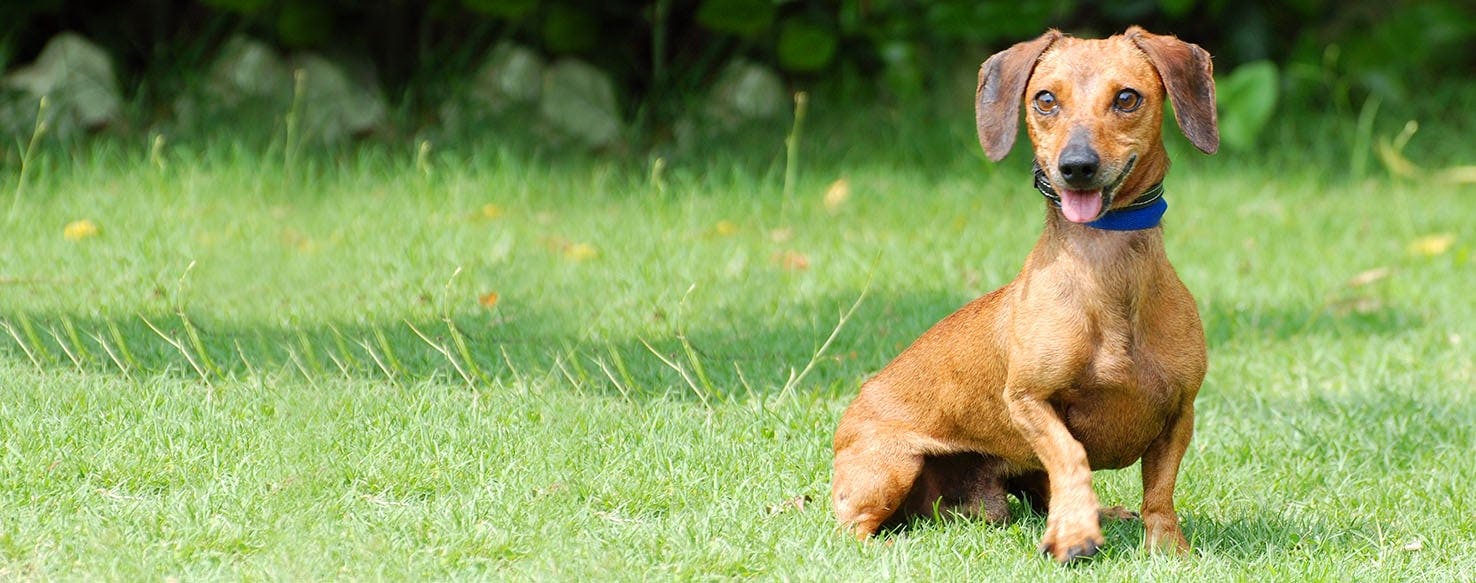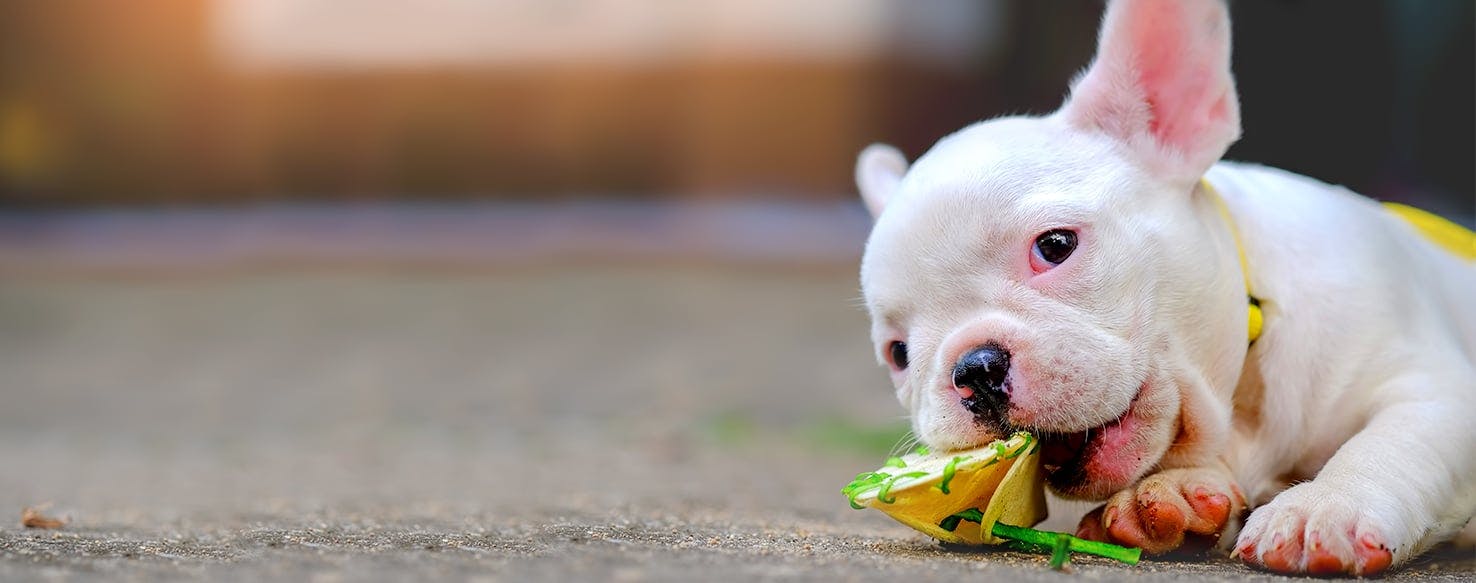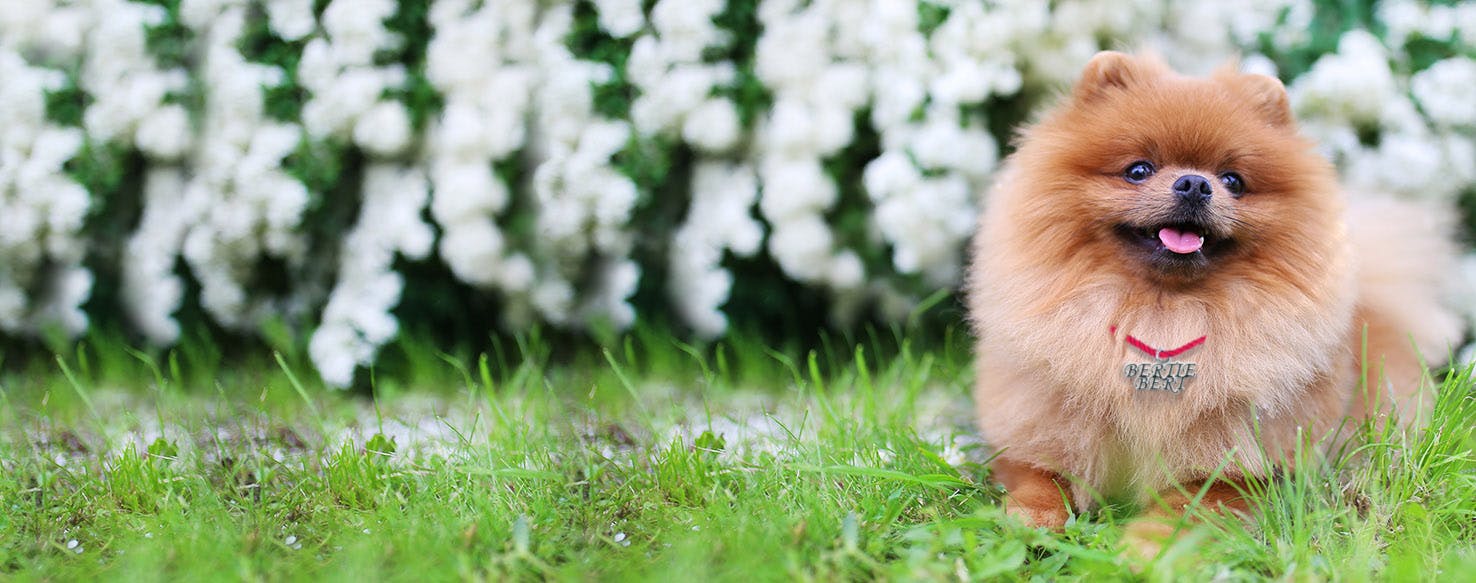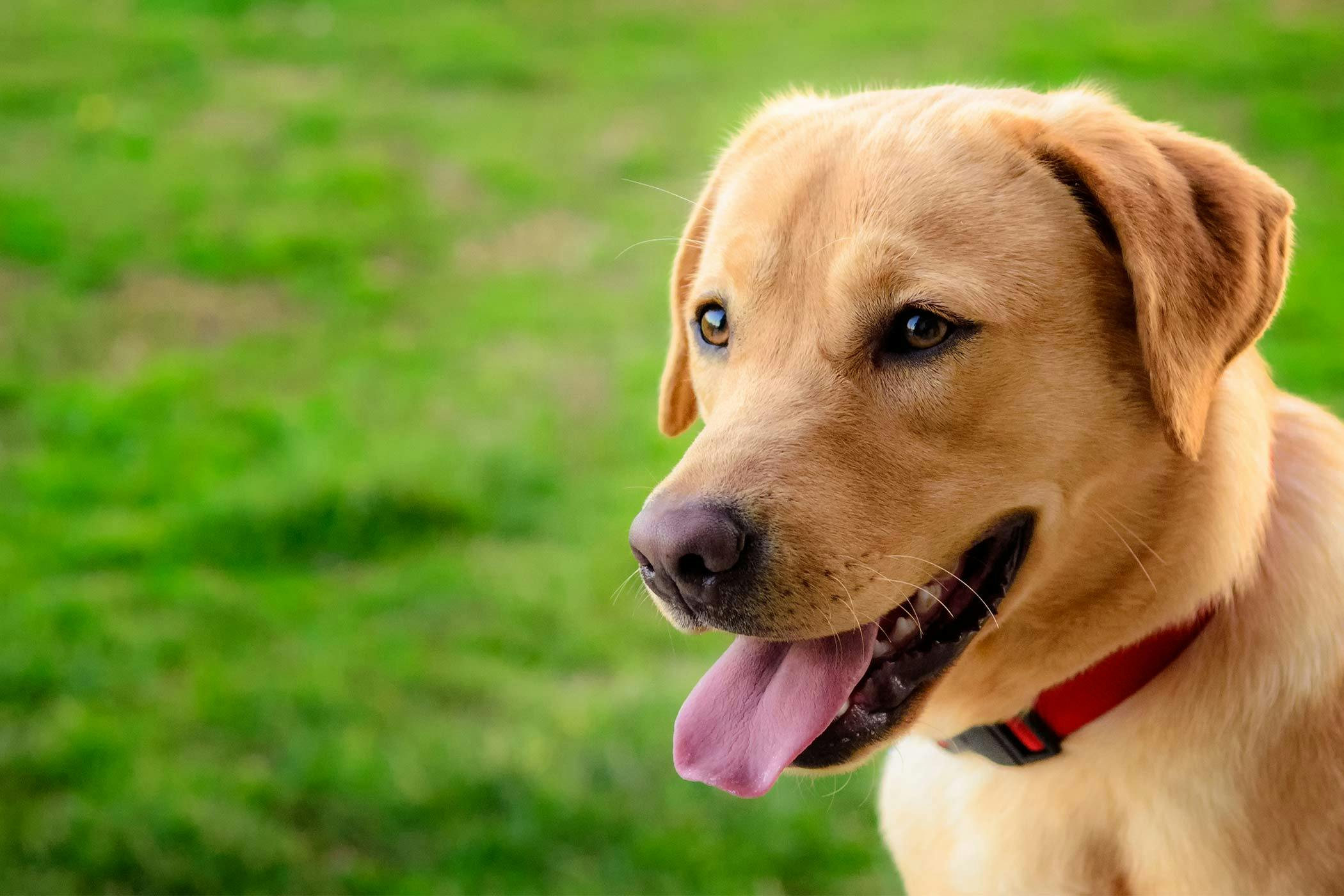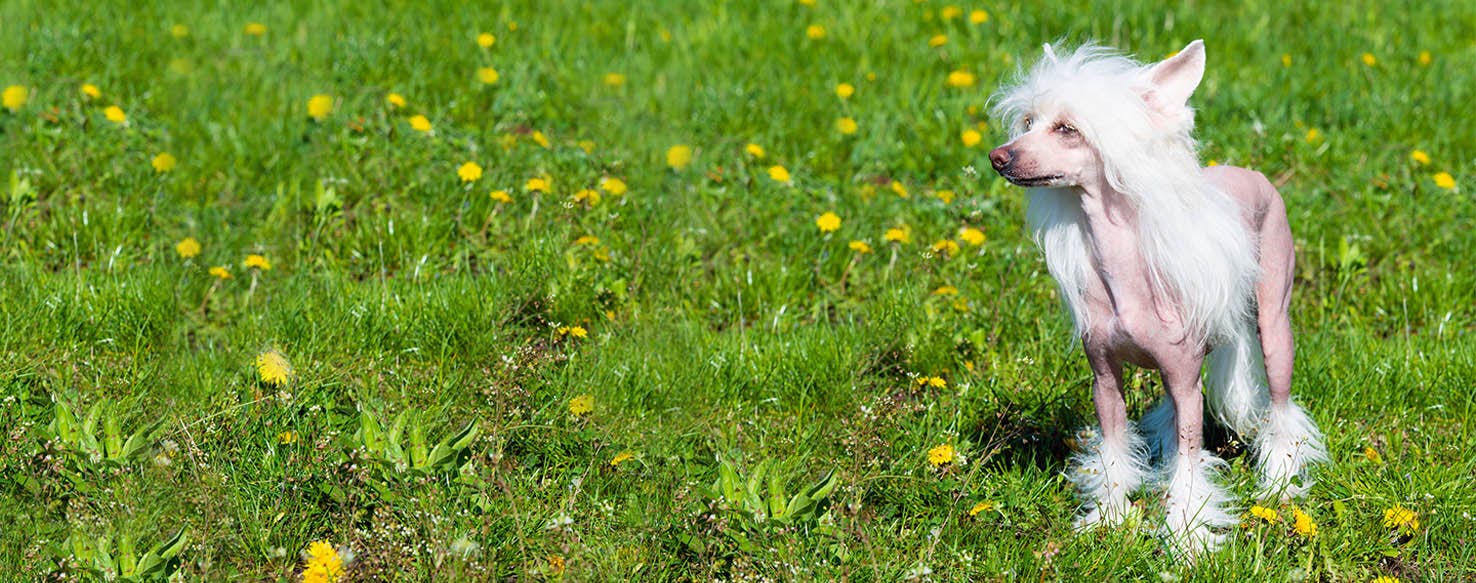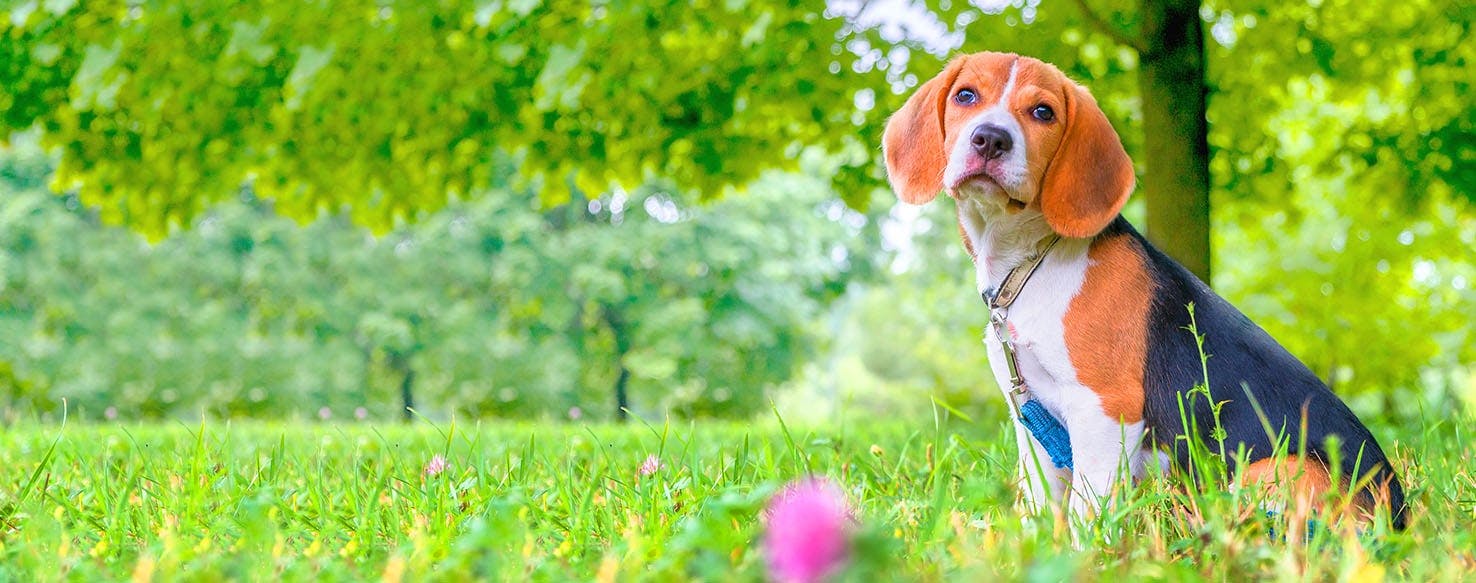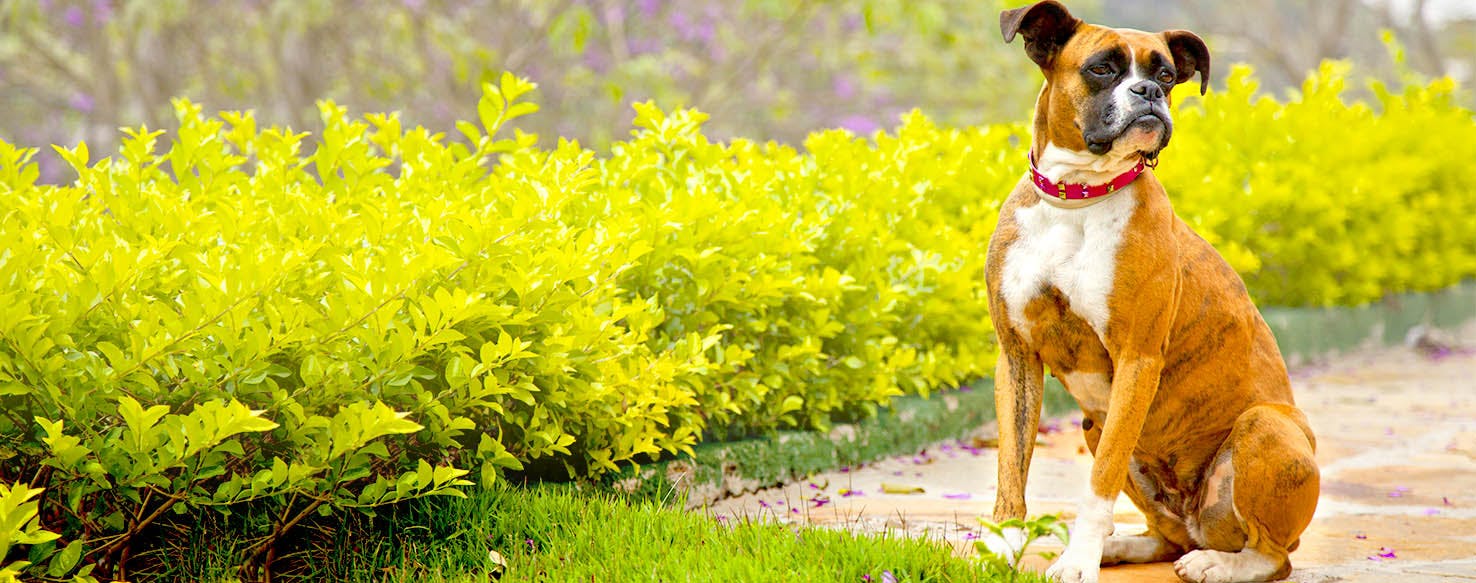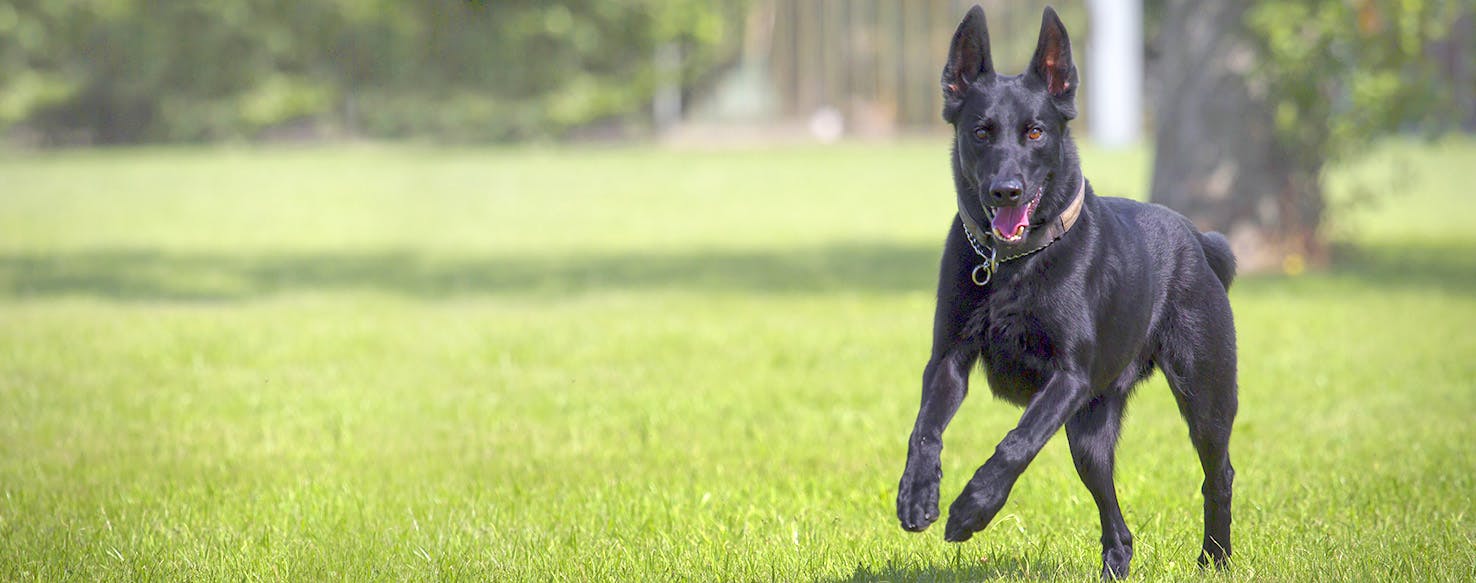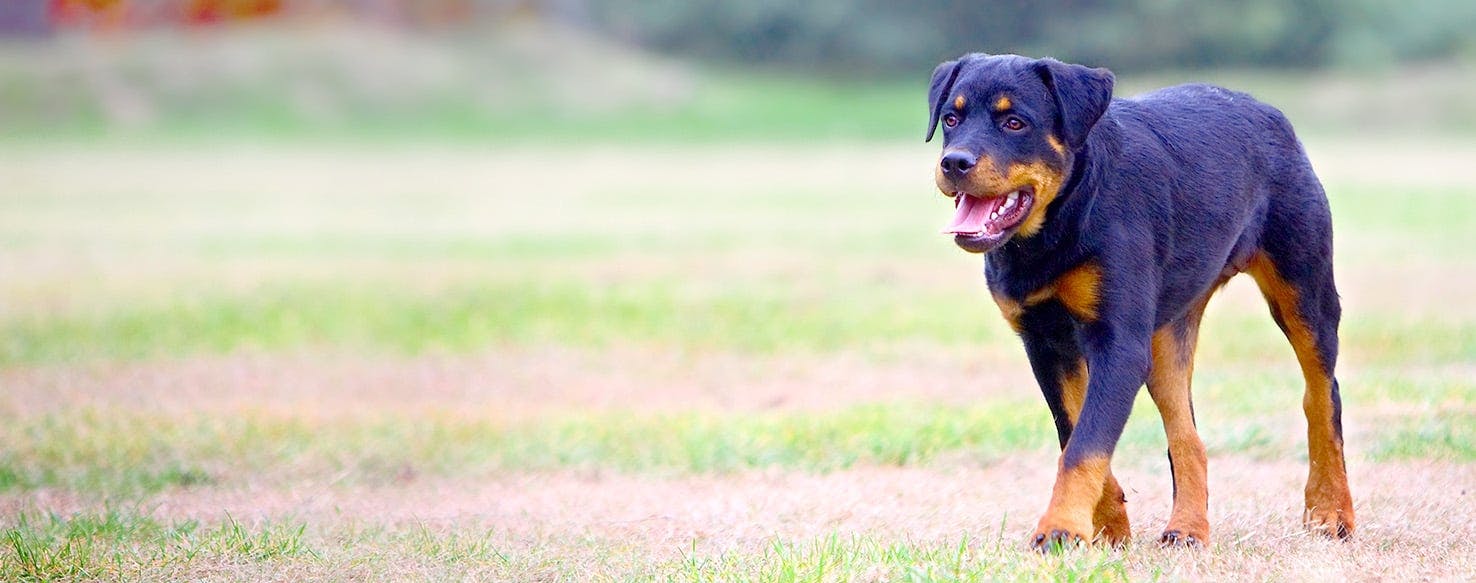Introduction
Now that you’ve landed here, you’re either thinking “Wag! probably has a great list of material names to give my dog” or “why in the world would I name my dog after a material?” If you’re thinking the prior, you’re right and you’re welcome! If you’re thinking the latter, let’s take a closer look. First, dogs and materials share quite a bit in common. They both come in various colors, have a variety of different properties like softness, use, and so on. Second, properties of materials can often say a lot about a dog’s personality, such as the toughness of steel, the value of gold, the warmth of wool or the complexity of marble, leaving the potential choosers a lot to say about their canine companion with one simple word: their name. It’s really as simple as that. Just look at Rin Tin Tin.
Material Inspired Dog Names in Pop Culture
When it comes to famous dogs, few can truly hold a candle to RIn Tin Tin. If it wasn’t enough that he was a famous actor, he also had a serious background and even when his life finally ended, his legacy lived on for generations through his kin.
Strangely enough, the famed German Shepherd was actually discovered during WWI and rose to fame shortly after the war. While following advances of the American troops during the Battle of Saint-Mihiel, Corporal Lee Duncan was sent to the small French town of Flirey to scout a potential flying field for his U.S. Army Air Service unit. While most of it had been destroyed, he happened upon a desecrated kennel once used by the Germans to supply their troops with military dogs. What he found was a mother and five nursing puppies, so young their eyes weren’t even open yet. He decided to bring them back to camp and gave the mother and three puppies away, opting to keep one male and one female for himself, naming them Rintintin and Nénette after lucky trinkets given to him by the French children.
Nearly a year later, he was able to get them back to the United States when the war ended. Unfortunately, Nanette passed away while Duncan was traveling from New York to California. When he arrived home, Duncan joined up with an athletic silent film actor friend and ended up teaching “Rinty” some new tricks while the three explored the great outdoors over the next few months. After seeing his dog’s ability, Duncan decided to help found the Shepherd Dog Club of California with the intention of breeding his talented canine. After entering him in shows and finding out his temperament wasn’t as good as he had hoped and having the dog suffer a broken leg soon after, Duncan buckled down to help Rinty heal. While nursing his dog back to health, Duncan also found out Rin Tin Tin could jump incredibly high and as soon as the dog was healed, Duncan ended up entering him in another dog show. Rinty took the show by storm, making a leap of 11 feet and 9 inches while Duncan’s friend, who had developed a slow-motion camera, filmed everything.
It was enough to convince Duncan that his dog could be the next Strongheart, one of the first commercially successful canines in show business. He wasn’t wrong.
After marching Rinty up and down Poverty Row, looking to anyone with influence to put him in front of the camera, he landed his dog a job as a wolf, which soon turned into numerous similar roles in various films. By 1923, he had landed his first starring role in Where the North Begins, the film credited with saving a floundering Warner Bros. It was so successful that young screenwriter Darryl Zanuck began writing films just for the new dog star and eventually became a highly successful producer because of it. Rinty went on to star in many more films, made hundreds of appearances and even stood above the rest as a spokesdog with significant endorsement deals. Within a few years, he rivaled even human actors in international popularity.
While his film career had taken off, Run Tin Tin’s offspring, at least 48 of which had been produced during his lifetime, were similarly as popular, becoming high-priced puppies and gifts for the rich and famous. His 10 year acting career finally ended in 1931 and by the following year, he finally passed away, just short of 14 years old. Numerous descendants also went into acting after his passing, thanks to Duncan, but even after he passed, his bloodline continued in the industry into the 2000s.
Material Inspired Dog Name Considerations
When trying to come up with a clever and appropriate material inspired name for your dog, there are a few things you should consider that will likely help make your job a bit easier. First, make a list of their most notable traits, whether that’s their looks, personality or their strange habits, as that list will be the easiest place to find apt commonalities. Then, take a look at our list or make your own and see what stands out the most.
If their color is one of their most prominent traits, consider finding a suitable matching material. For instance, if your dog is gray in color, the names Silver, Sterling, Nickel, and Mercury would all be good. If they are particularly warm and soft, then both Cotton and Woolly would be great names.
Of course, you can use their personality as well. If they love attention or love to shine then Gold and Chrome would both be solid fits. If they love to be in the woods, then the name of a tree would work, as if they fit right into the forest.
There are numerous different ways you can take the ideas and tons of properties you can base them on, so don’t be afraid to get creative and go multi-medium!
Male Material Inspired Dog Names
| Votes | Name | Vote |
|---|---|---|
| 0 |
Brass
A metal alloy made of zinc and copper that is somewhat light and malleable
|
|
| 0 |
Copper
A soft, malleable and ductile metal known for wire and pennies
|
|
| 0 |
Steel
A strong alloy often used in construction because of its properties
|
|
| 0 |
Iron
The most common element on Earth, often used in metalworking for various purposes
|
|
| 0 |
Silver
A highly reflective metal with similarly high thermal and electrical conductivity
|
|
| 0 |
Sterling
A silver alloy
|
|
| 0 |
Chrome
A thin layer of chromium used to make pristine reflective surfaces
|
|
| 0 |
Lead
A soft, malleable yet heavy metal
|
|
| 0 |
Pewter
A malleable alloy mostly made of tin
|
|
| 0 |
Tin
A chemical element more frequently used as a manufacturing metal in centuries past
|
|
| 0 |
Pine
A common tree used in carpentry and construction
|
|
| 0 |
Spruce
A light, resonant wood often used to make guitar soundboards
|
|
| 0 |
Ash
A highly figured wood used for various woodworking projects
|
|
| 0 |
Elm
Often used as a natural remedy for a variety of conditions
|
|
| 0 |
Oak
A popular wood for making furniture
|
|
| 0 |
Walnut
A tree that produces nuts and can be used to make furniture, instruments
|
|
| 0 |
Alder
Often used in carpentry and the bark is used to treat certain ailments
|
|
| 0 |
Wax
Often used as a coating material
|
|
| 0 |
Chalk
A highly versatile, naturally occurring material
|
|
| 0 |
Shellac
A resin secreted by a bug and turned into a liquid coating
|
|
| 0 |
Slate
A common metamorphic rock often used in roofing and flooring
|
|
| 0 |
Cotton
A common textile material
|
|
| 0 |
Wool
A warm and resilient textile material
|
|
| 0 |
Denim
A durable cotton twill fabric used to make jeans
|
|
| 0 |
Leather
Dried and treated hide; a soft yet durable material
|
|
| 0 |
Flannel
Generally a cotton or wool woven fiber
|
|
| 0 |
Bone
A dense, rigid organ found in animals
|
|
| 0 |
Clay
A finely grained and moldable natural rock
|
|
| 0 |
Rubber
A resilient and waterproof material used to make latex
|
|
| 0 |
Coal
A combustible sedimentary rock used to generate energy
|
Female Material Inspired Dog Names
| Votes | Name | Vote |
|---|---|---|
| 0 |
Bronze
An alloy of copper and tin
|
|
| 0 |
Gold
One of the most expensive elements in the world by volume
|
|
| 0 |
Mercury
A chemical element with highly unique properties
|
|
| 0 |
Nickel
A hard and ductile metal
|
|
| 0 |
Platinum
A dense yet malleable and ductile metal known for its near-white/silvery look
|
|
| 0 |
Zinc
A bluish-white diamagnetic metal
|
|
| 0 |
Cedar
A softwood commonly used in outdoor woodworking projects due to its low likelihood of rotting
|
|
| 0 |
Cypress
A modestly common wood used for its durability and good building properties
|
|
| 0 |
Fir
A harder softwood often used for bulk projects due to its inexpensive price
|
|
| 0 |
Hemlock
A tree family used for various purposes from building materials to homeopathic medicine
|
|
| 0 |
Balsa
A strong, lightweight wood often used in model building and testing
|
|
| 0 |
Birch
A surprisingly versatile wood used to make everything from syrup to smoking chips
|
|
| 0 |
Cherry
A tree that produces fruit and can be used in carpentry
|
|
| 0 |
Chestnut
A tree that produces edible nuts
|
|
| 0 |
Hickory
Often used to make wood flooring and even a smoky syrup
|
|
| 0 |
Mahogany
A versatile wood used to make instruments, boats, and even furniture
|
|
| 0 |
Maple
One of the most versatile woods around, used to make everything from instruments to baseball bats
|
|
| 0 |
Koa
One of the most beautiful grain patterns of any tree
|
|
| 0 |
Cocobolo
A gorgeously figured tropical hardwood
|
|
| 0 |
Indigo
A plant used for dying clothing and other materials
|
|
| 0 |
Resin
An often sticky synthetic or natural material used in a variety of ways
|
|
| 0 |
Granite
A common igneous rock with often beautiful figuring
|
|
| 0 |
Marble
One of the most versatile and useful rocks known to humankind
|
|
| 0 |
Silk
A durable yet soft and lightweight material
|
|
| 0 |
Bamboo
One of the fastest growing and sustainable materials on Earth
|
|
| 0 |
Jute
A rough fiber made from a tropical plant used to make twine or rope
|
|
| 0 |
Burlap
A course woven fabric made from jute
|
|
| 0 |
Sponge
Porous cellulose used for painting, cleaning
|
|
| 0 |
Ivory
A tooth-like material often found on horned animals such as elephants
|
|
| 0 |
Abalone
A mollusk that produces gorgeously figured/colored materials in its shell
|
